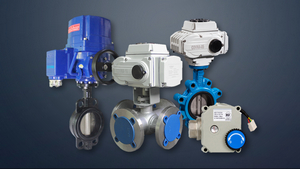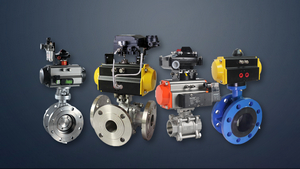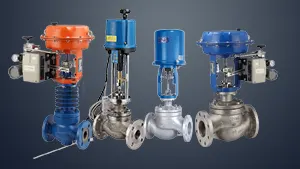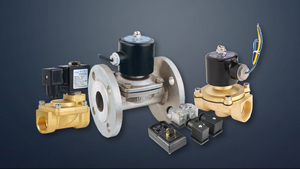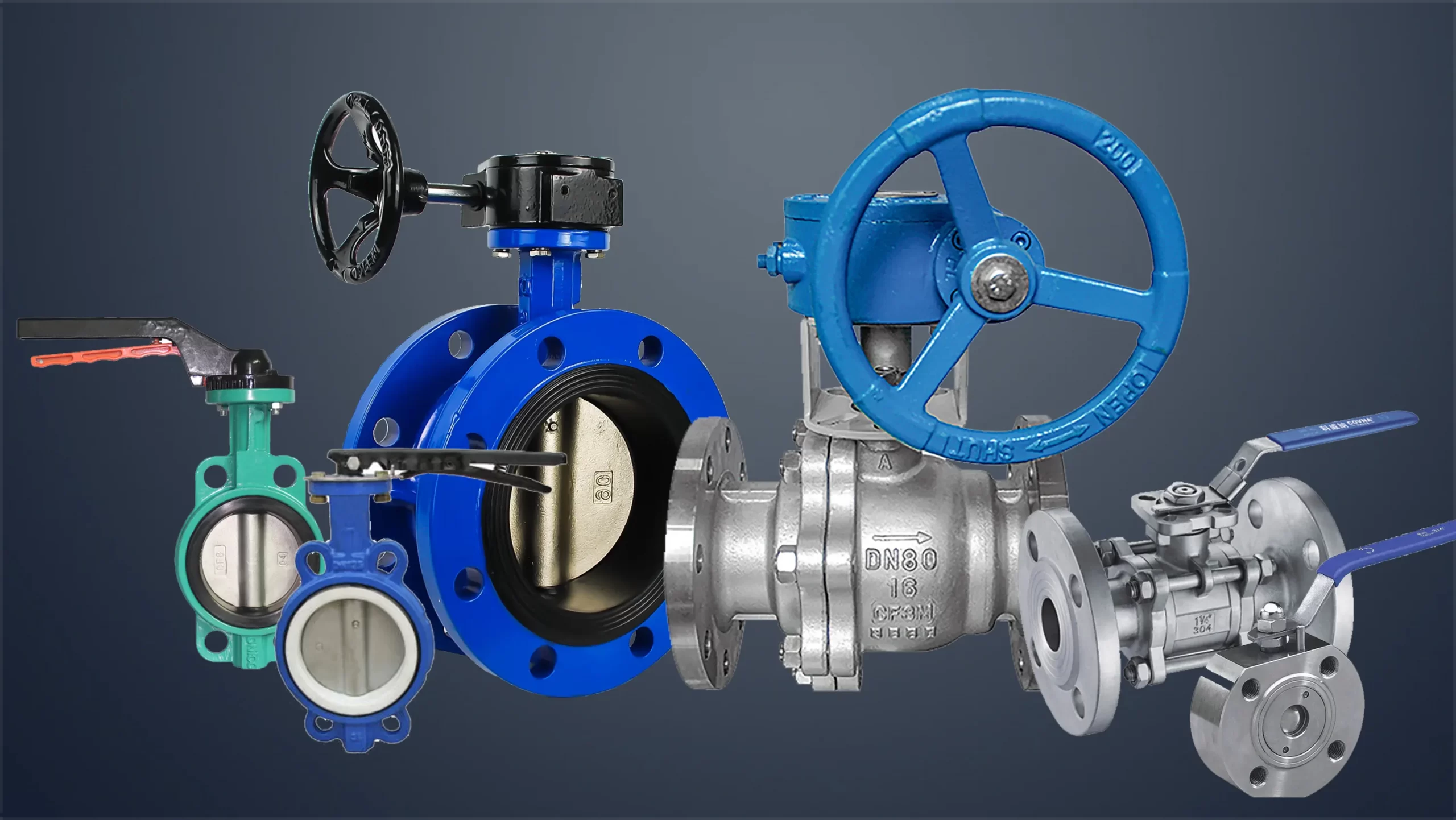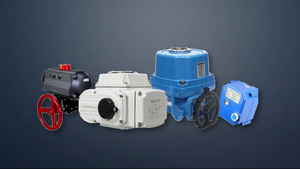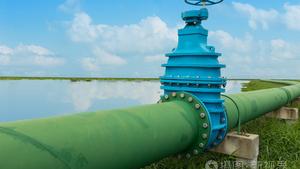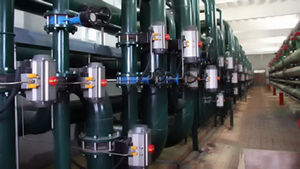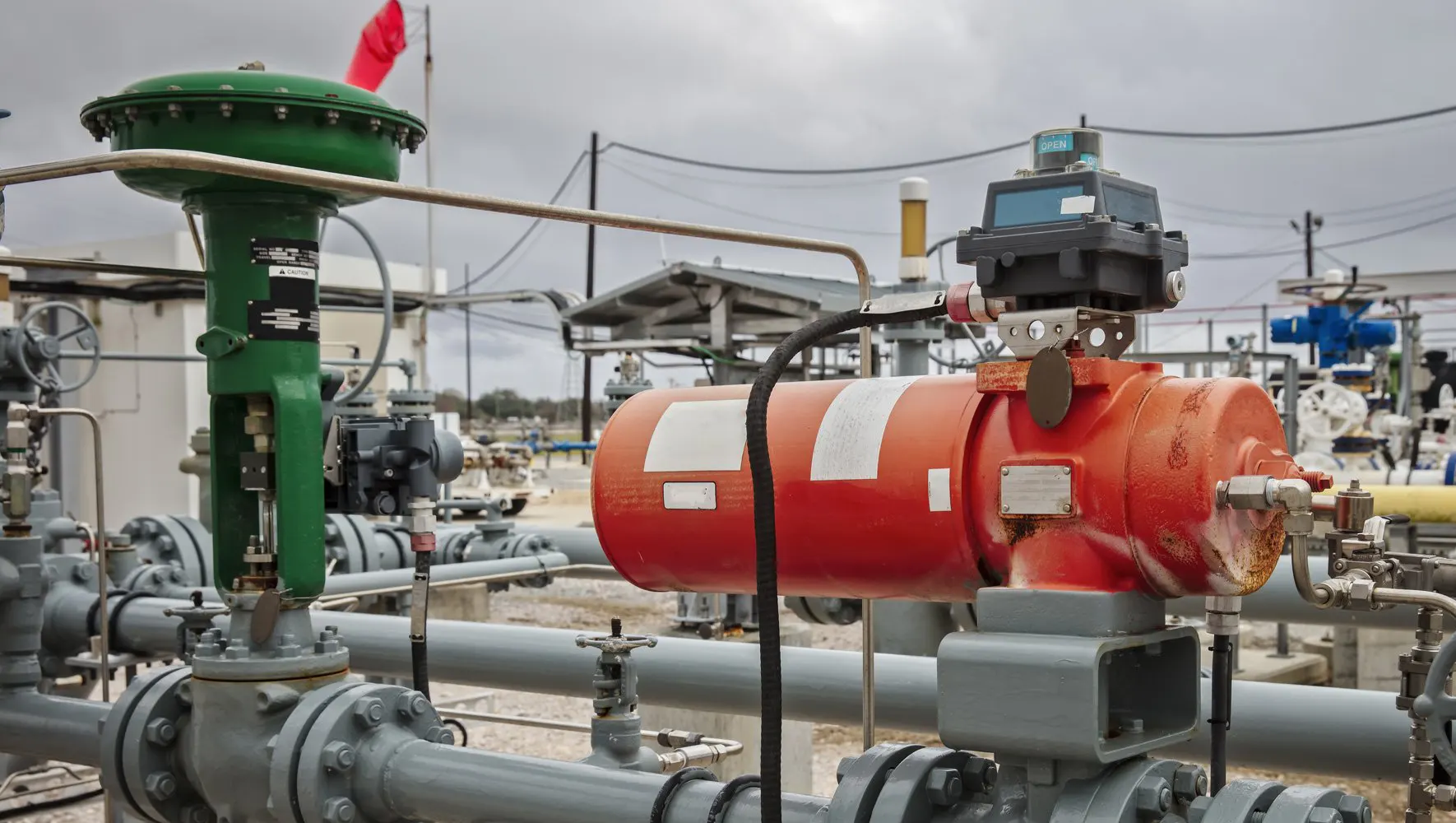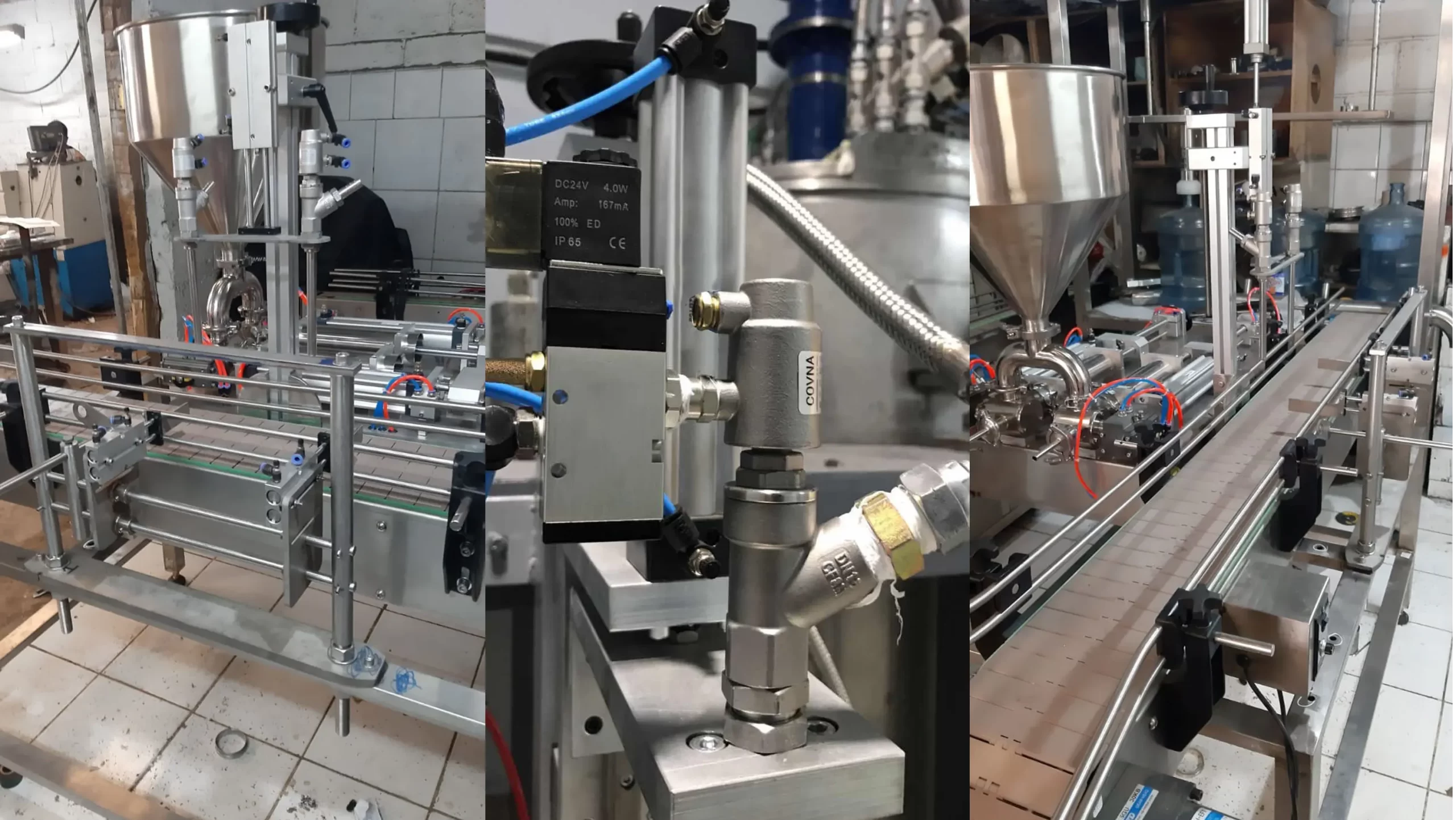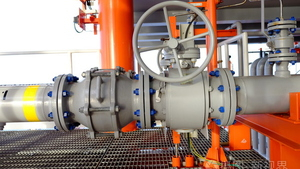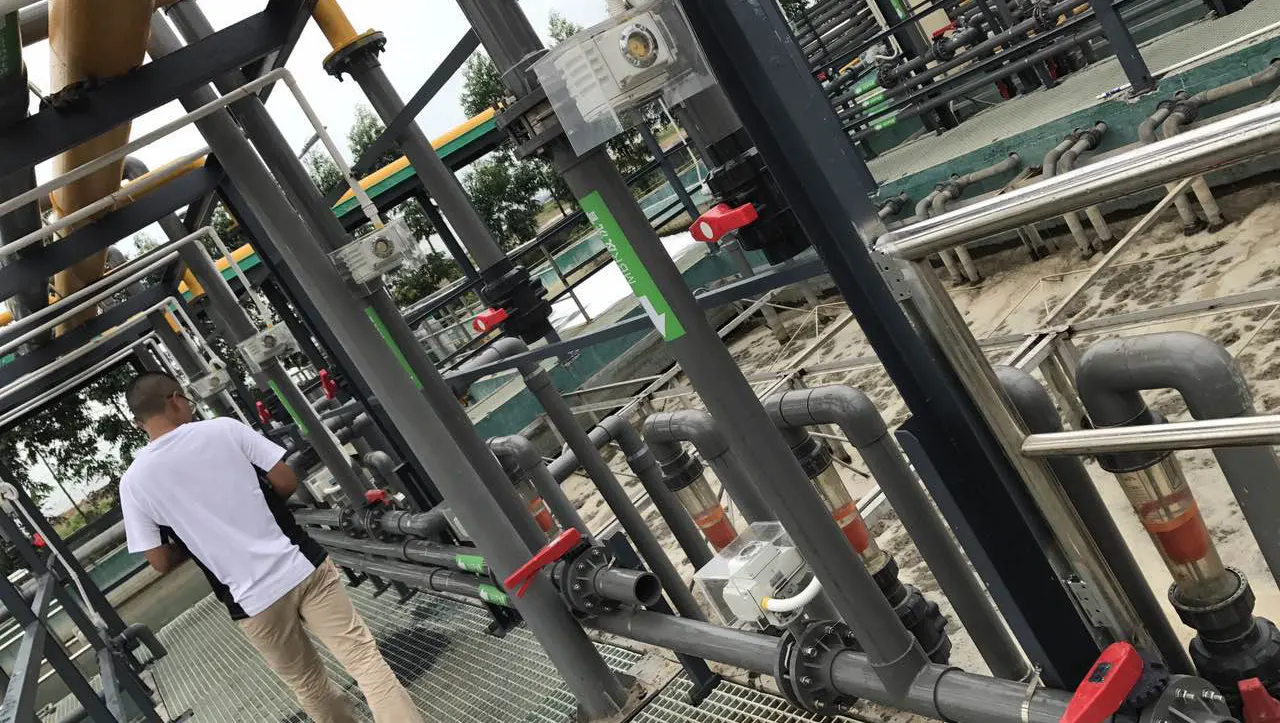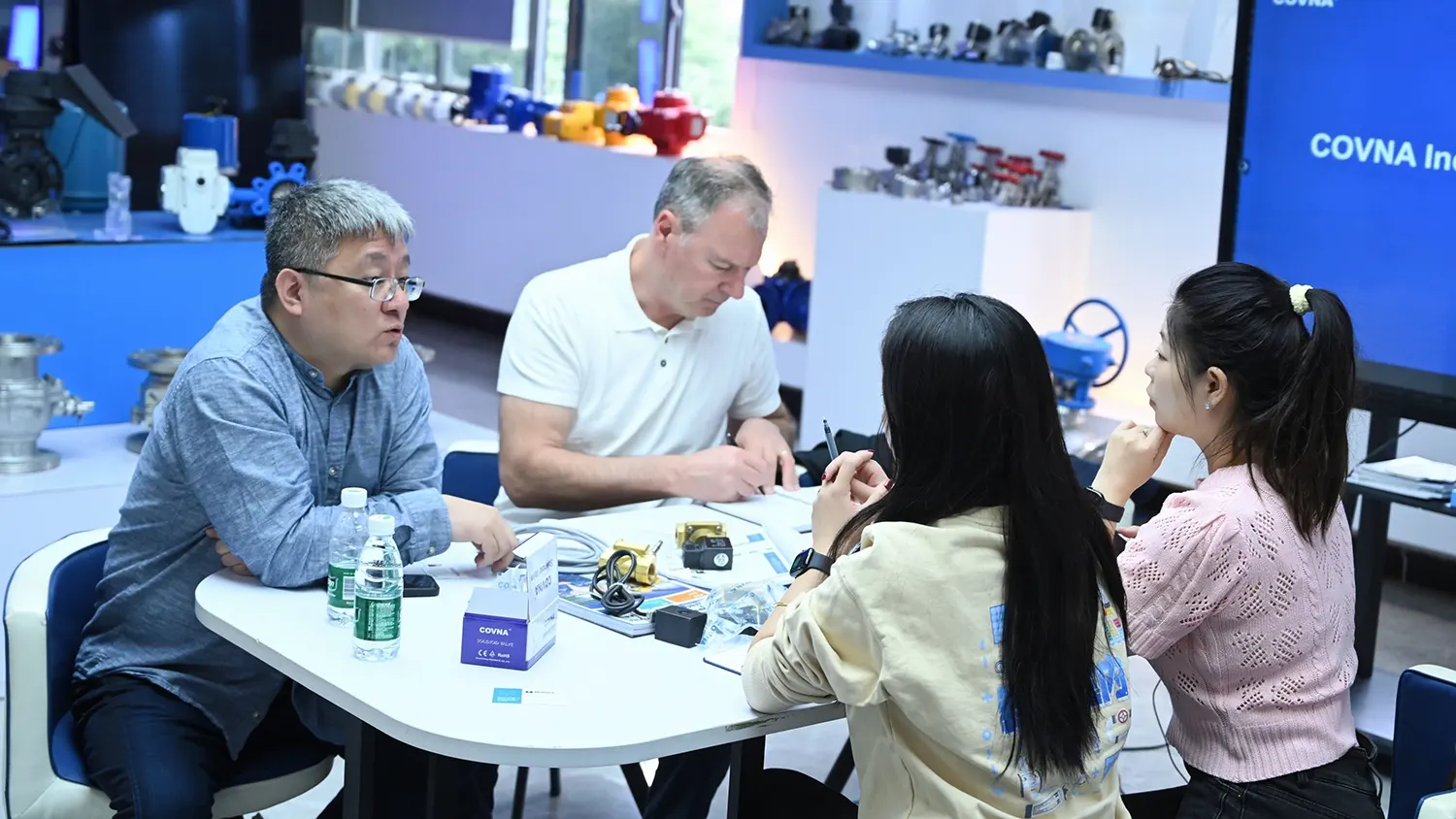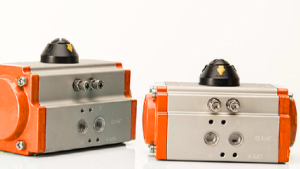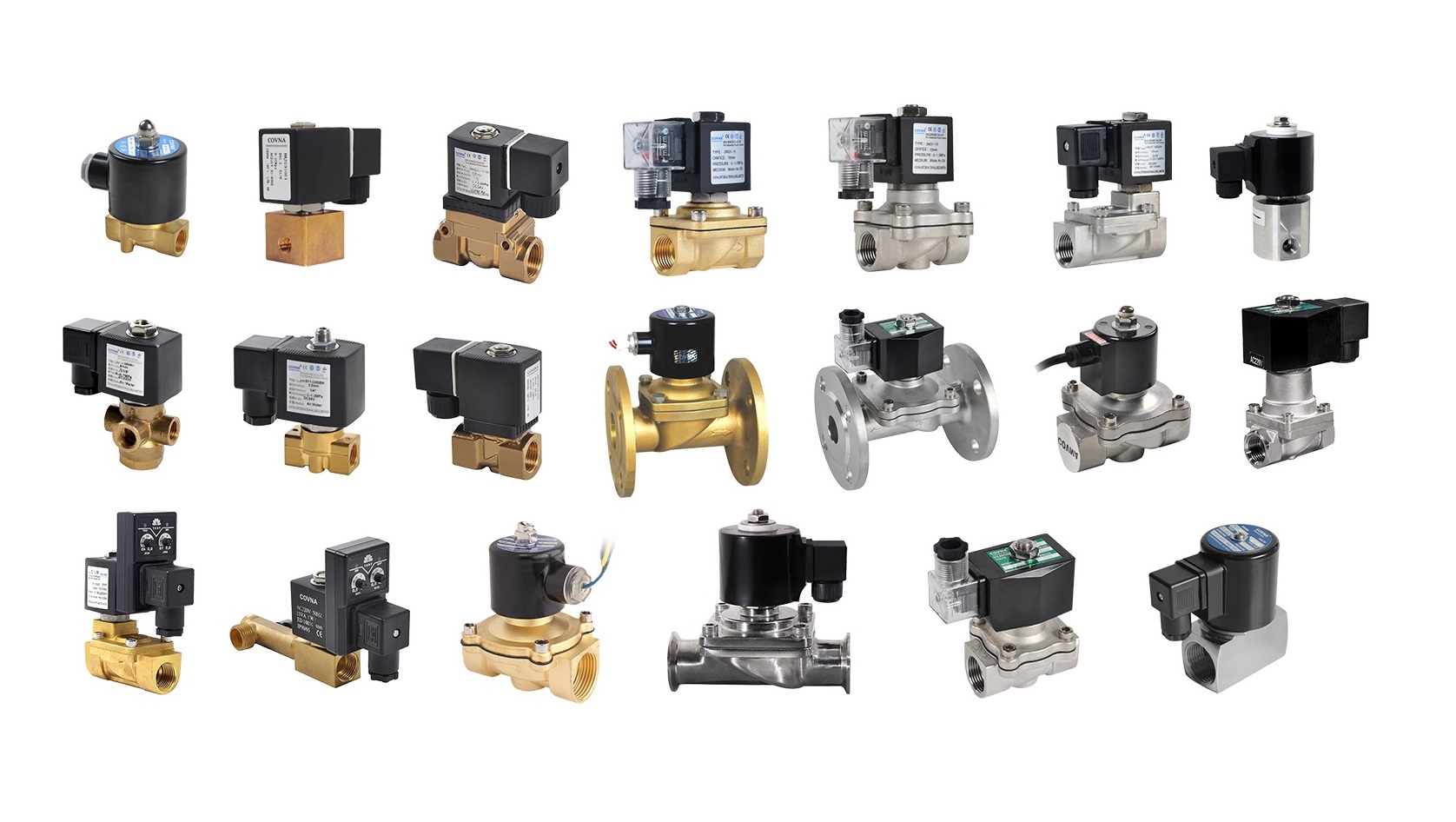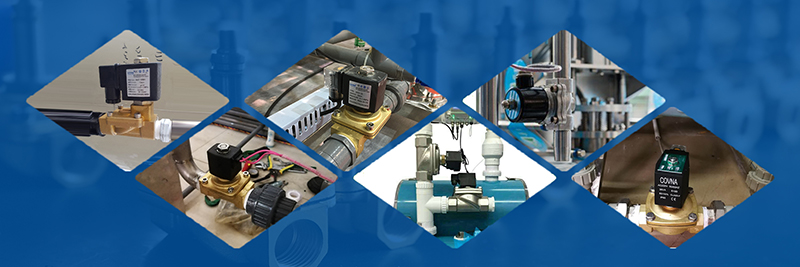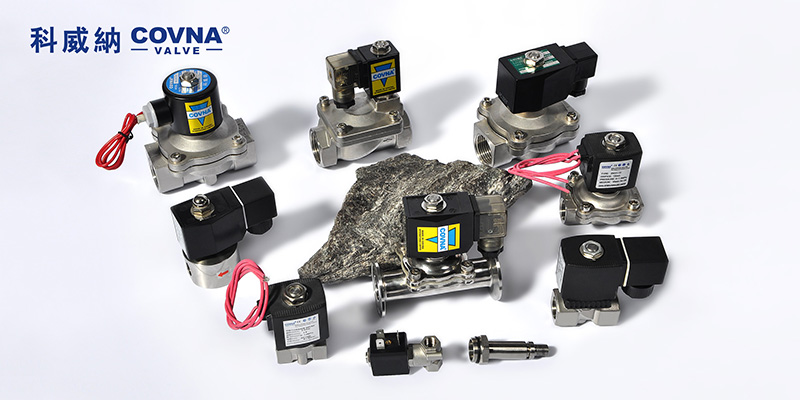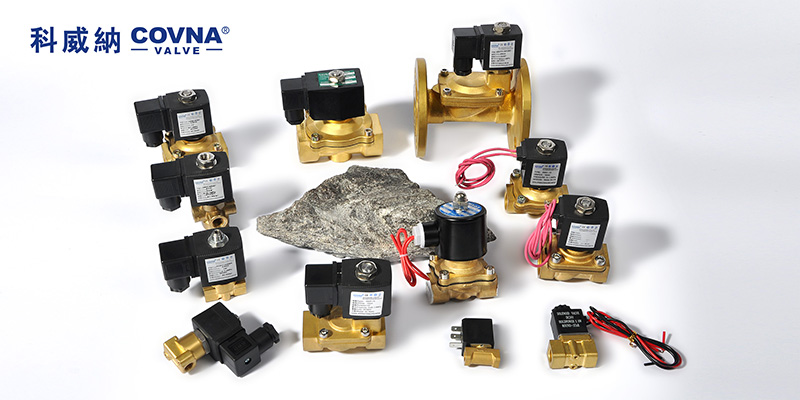COVNA Electromagnetic Solenoid Valve is an Industrial Equipment Controlled by Electromagnetic
COVNA solenoid valve is an automatic basic component used to control fluid. It belongs to actuator, not limited to hydraulic and pneumatic. It is used to adjust the direction, flow, speed and other parameters of the medium in the industrial control system. The solenoid valve can cooperate with different circuits to achieve the desired control, and the control accuracy and flexibility can be guaranteed. There are many kinds of solenoid valves, different solenoid valves play a role in different positions of the control system, the most commonly used are one-way valve, safety valve, direction control valve, speed control valve, etc
1. The main classification of solenoid valve:
The solenoid valve is divided into three categories in principle:
- Direct acting solenoid valve
Principle: When energized, the electromagnetic coil generates electromagnetic force to lift the closing member from the valve seat and the valve opens; when the power is turned off, the electromagnetic force disappears, the spring presses the closing member against the valve seat and the valve closes.
Features: It can work normally under vacuum, negative pressure and zero pressure, but the diameter generally does not exceed 25mm.
- Step-by-step direct acting solenoid valve
Principle: It is a combination of direct action and pilot type. When there is no pressure difference between the inlet and the outlet, after energization, the electromagnetic force directly lifts the pilot small valve and the main valve closing part in sequence, and the valve opens. When the inlet and outlet reach the starting pressure difference, after energization, the electromagnetic force pilot small valve, the pressure in the lower chamber of the main valve rises, and the pressure in the upper chamber decreases, thereby using the pressure difference to push the main valve upward; when the power is turned off, the pilot valve uses a spring Force or medium pressure pushes the closing piece and moves downward to close the valve.
Features: It can operate at zero pressure difference or vacuum and high pressure, but the power is large, and it must be installed horizontally
- Pilot solenoid valve
Principle: When the power is turned on, the pilot hole is opened by electromagnetic force, the pressure in the upper chamber drops rapidly, and a high and low pressure difference is formed around the closing member. The fluid pressure pushes the closing member upward and the valve opens; when the power is turned off, the spring force turns the pilot The orifice is closed, and the inlet pressure quickly forms a low, high, and high pressure differential around the valve closing member through the bypass hole, and the fluid pressure pushes the closing member downward to close the valve.
Features:
1.The upper limit of the fluid pressure range is high and can be installed arbitrarily (need to be customized) but must meet the fluid pressure differential conditions.
2. Solenoid valves are divided into six sub-categories from the differences in valve structure and materials and in principle: direct-acting diaphragm structure, step-by-step direct-acting diaphragm structure, pilot diaphragm structure, direct-acting piston structure, Step-by-step direct-acting piston structure and pilot piston structure.
3. The solenoid valves are classified according to functions: water solenoid valves, steam solenoid valves, refrigeration solenoid valves, low temperature solenoid valves, gas solenoid valves, fire solenoid valves, ammonia solenoid valves, gas solenoid valves, liquid solenoid valves, micro solenoid valves, Pulse solenoid valve, hydraulic solenoid valve normally open solenoid valve, oil solenoid valve, DC solenoid valve, high pressure solenoid valve, explosion-proof solenoid valve, etc.
2. Sealing Material
- NBR (nitrile butadiene rubber)
-
EPDM
- VITON
Main Feature:
- External leakage is blocked, internal leakage is easy to control, safe to use
- Simple system, easy to connect to computer, low price
- Быстрое действие, небольшая мощность, легкий вес
- Ограниченная точность регулировки, ограниченная среда
- Различные модели и универсальное применение
COVNA, как производитель электромагнитных клапанов с 20-летним опытом. Мы стремимся стать поставщиком решений для автоматизации и предлагаем нашим клиентам надежные, безопасные и доступные по цене электромагнитные клапаны.
Теги: электромагнитный клапан ковна
--- КОНЕЦ ---


